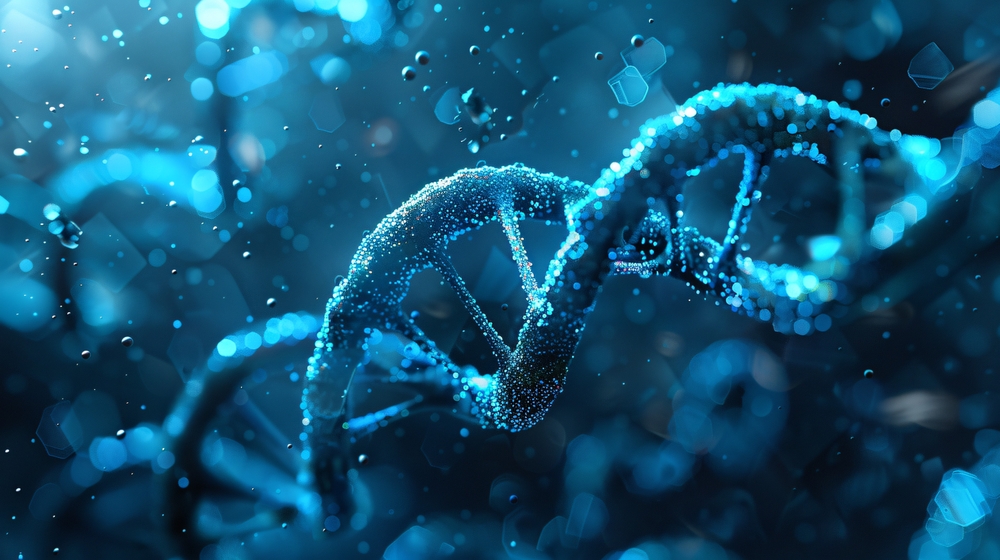Toxins, light, air, water, community, connection, and food—these are the inputs we constantly experience. EMF and everything around us continuously influence our gene expression. This collective influence is known as the exposome, which accounts for over 90% of the results we observe as our phenotype.

Our phenotype reflects who we are at this moment, whether we are sick or healthy, and is directly related to these inputs affecting our genes. Most of the time, you have control over these inputs, allowing you to change your gene expression quite rapidly.
How can you reverse disease even in the later stages? Is it possible? well, yes, a man named George who came to see me weighed 300 pounds. He was 63 years old. He had heart failure, diabetes, angina, reflux, prostate issues, erectile dysfunction, sinus problems, and a multitude of other ailments.
So, he asked, can you help me? I replied, yes, I can help you, but you must follow my instructions entirely. So, he complied with everything I said. A year later, he returned, and he had lost 150 pounds, weighing still 300 pounds. Every single one of his ailments had vanished. Now he’s in his 70s, and he’s establishing a bathhouse in New Mexico. The capacity of biology to change at any age is truly remarkable. You can reverse aging, and I observe this repeatedly.
So the supergene is your genome, it’s your exposome. It’s your microbiome, as I said, because your microbiome, those 2 million genes, are constantly interacting with you and your own genes. And it’s called the hologene. But it’s also your nutrigenome. What are the foods doing that are affecting you?
And how are those affecting your gene expression? It’s your proteome, which are the proteins that are produced from your genes. Your metabolome, which is all the metabolites that are produced from your genes. I had my metabolome measured there.Instead of like 20 blood tests, there were 2,500 blood tests I had measured. So that’s really more important. How are your genes being influenced, and how do we map all those influences in a system that makes sense?
That’s what functional medicine is. It’s sort of an operating system. It’s a way of thinking. It’s not a new test or modality or specialty. It’s a way of thinking about solving the puzzle of disease. So this is some of my genes here.
You know, I was happy that I had more genes than mostly anybody else. I had over 7 million or 6,000,000 variants. So we all have variations in our genetic code. I had more than average. I was happy about that. I had a telomere length of 43 years, and I’m 56 years old, so that made me happy. So what I’m doing clearly is working.
And I found out that I actually, genetically, am more diverse than I thought. I thought I was a Jew from the Middle East, and that’s where I came from. But it turns out I am from the Middle East. I’m also from Asia, I’m part Asian, I’m from West Africa, and I’m even half a percent Native American.
And I’m one, I think, and a half percent Neanderthal. So that explains, you know, why I have a big butt, like Chinese food, like sweat lodges, get filth deficiencies, and I just pull women’s hair out. And you can see, this is interesting, they can map your dad’s ancestry. So my dad’s from West Africa. My mom is from the Middle East and all over Asia. And here’s my Neanderthal genes; you can see right there. It’s kind of exciting.
Then this is my metabolome. Now my metabolome is this map of 2500 metabolites, but it’s just data. How do you make sense out of all this data? How do you make big data small? How do you create significant insights out of big data? Well, that’s the beauty of functional medicine. One of the things that I learned was that I have areas of my mitochondria that are not working either.
And I know that’s probably true as a sort of consequence of the mercury poisoning and the illness that I had. And so I know how to tweak this by basically biohacking my biochemistry and using a few nutrients to upregulate various pathways.
Now, that’s kind of cool, but at the end of the day, what we need…


